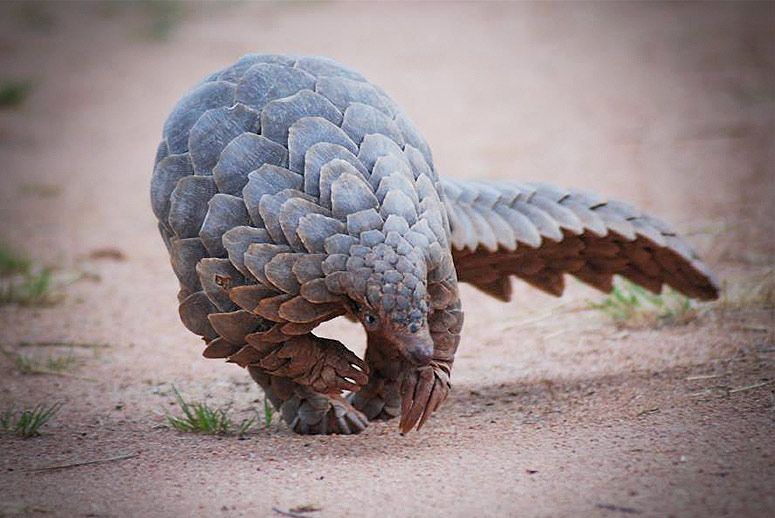The deleterious effects of global warming, pollution and man-made destruction is far too harmful than ever imagined. A drastic decline of 70% in population size of mammals, birds, reptiles, fish and amphibians since 1970s is a cause for concern. Now we are on the brink of facing an accelerated sixth mass extinction which may further be exacerbated by climate change. The invasive species, the raging fires of Australia, California and Simlipal; illegal capture and trade of live wild animals or animal products has scarred the nature and has destroyed the habitation niche of these organisms. To enjoy our 21st century lives, we are engaged in rapacious consumption of resources where earth’s regeneration capacity has become poor. This is indeed alarming as it paints a grim and bleak picture for all the species.
It has been said that man’s relationship with nature has always been inconsistent; we can say ancient man’s relationship with nature was that of determinism where man was bound by dictates of the nature and conducted most of its activities within the lap of nature. But then man stumbled upon philosophy of possibilism where man started doing all the activities without caring for impact of his actions on environment. This phase may have improved the socio-economic condition of man but it became a big blow to the nature. Our avarice for good lifestyle became misery and death for many species. The developmental activities of man pushed many species into the zone of vulnerability who were affected due to habitat fragmentation; illegal capture, poaching and hunting; introduction of invasive alien species; land use change and devastating natural disasters. Thus, we have pushed several species into extinction and have endangered the survival of precious flora and fauna who were playing a crucial role in maintaining the ecological balance.
The loss of biodiversity will constrict the food security and might topple the complex food webs and food chains which drive our world. The increasing natural disasters or biological disasters is a cry from Mother Nature to restore the earth. Thus, we are at the final phase where man has acknowledged the destruction it has caused to the planet and is now pooling efforts to restore and rejuvenate the earth. We are now following the philosophy of neodeterminism where man has to balance sustainable development with improved co-existence with flora and fauna. Thus, several initiatives such as Convention on Biological diversity, CITES (Convention on International Trade in Endangered Species of Wild Flora & Fauna), IUCN’s red data list which publishes the threat perception of species, Bird Life International’s Important Bird Areas; WWF’s Living Planet Index, TX2 (doubling the number of tigers in tiger range states) and so on have been launched at global level. India has also stood at the forefront of this fight and has supplemented efforts to preserve and conserve the flora and fauna. India has launched projects like Project Tiger, Project Elephant, Bustard protection; constructing wildlife corridors, declaring protected areas and enacting acts like Wildlife Protection Act, 1972.
These efforts are laudable and it has brought a marked improvement in species numbers but it has happened for some species. The consciousness of many a organizations and activists has created a space for an orchestrated campaign in favour of the other species of natural world which is an welcome idea and proposition and needs meticulous execution. Despite the efforts of Government and non-government and activist organizations, the picture does not seem encouraging. What one should try to understand the catastrophe of depleted fauna is creating a massive awareness in favour of preservation and maintenance of the biological world. Let our greed and predatory approach which possess an existential threat to the animal world be circumscribed for a peaceful co-existence in mutual interest.











More Stories
Low vision clinic inaugurated at AIIMS Bhubaneswar
Urban education programme comes in handy for Odisha’s tribal, dalit kids
Now country ‘aatank’ struggling for ‘aata’: PM